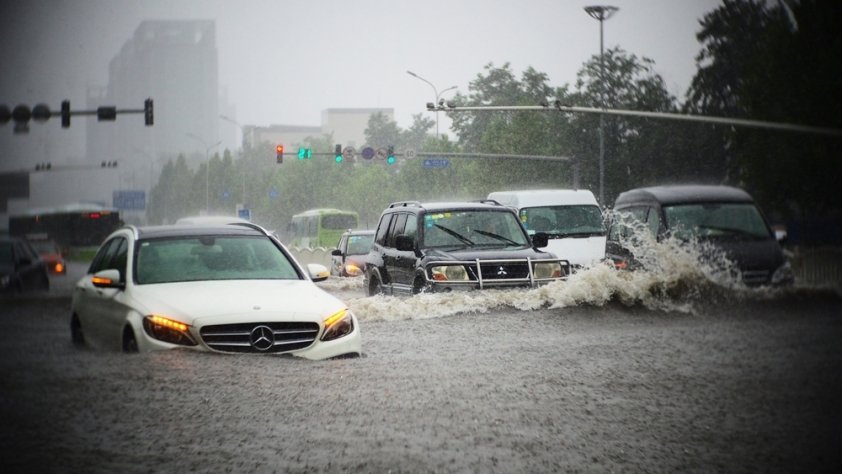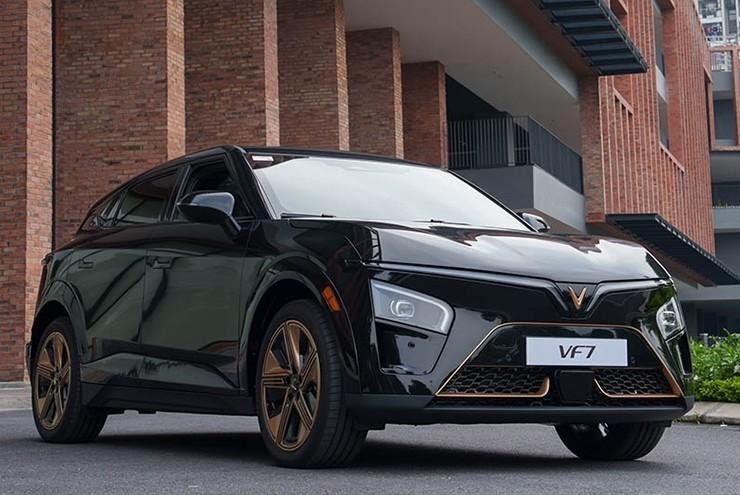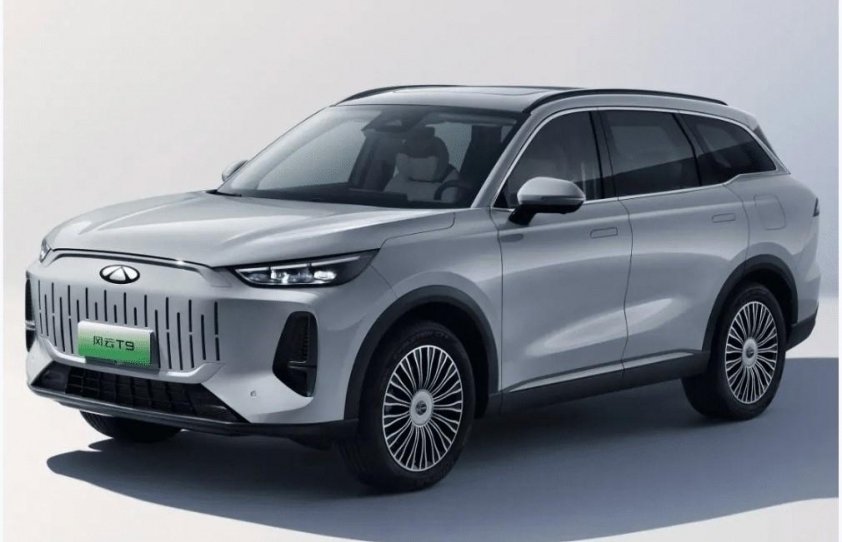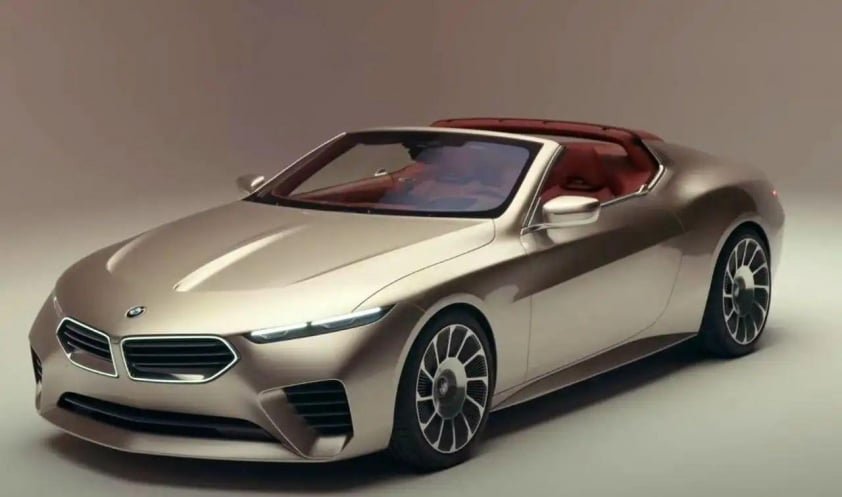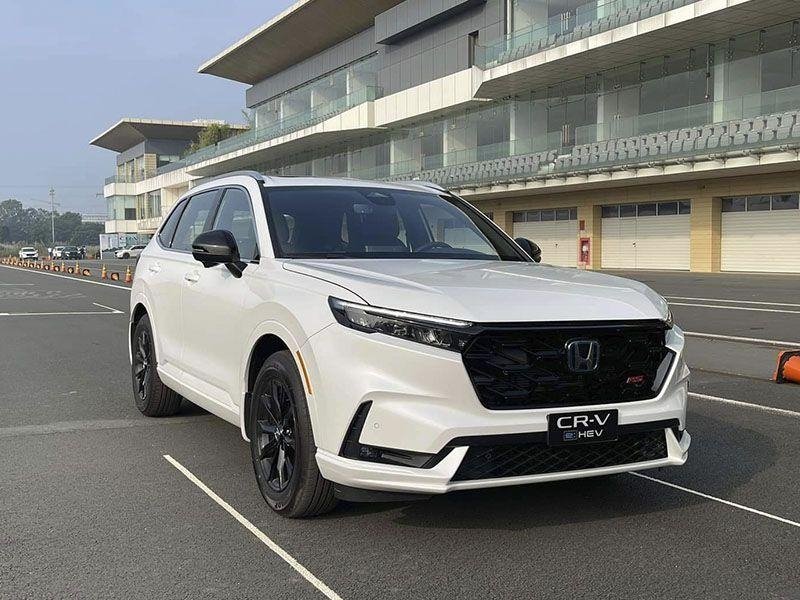When buying a used car, the first thing to pay attention to is knowing if the car has been flooded or crashed.
Main content Hide / Show The following are ways to identify used cars that are flooded or hydro-damaged:
To avoid ‘magicians’ transforming a used car that has been flooded or crashed into a like-new car, and commits that ‘The car has not been crashed, flooded, or water damaged’.
Because, when a car has been flooded or hit by water, it is likely that many internal parts and components have been damaged such as the electrical system and even the engine.
Distinguishing the concepts of ‘Flooding’ and ‘Water strike’
First, we must clarify the difference between a car being ‘Flooded’ or ‘Water-damaged’.
Flooding: When the vehicle is stationary, water rises and floods the vehicle.
Hydro jacking: When starting and running into a flooded area, water overflows into the engine’s air intakes.
Observe the headlights
First of all, with the naked eye, the buyer should observe the car’s headlight area.
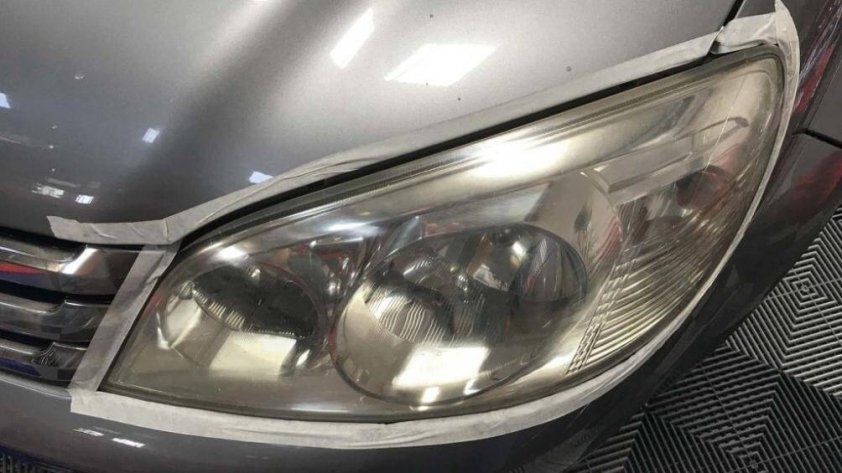
Observe all bolts and screws on the vehicle
Besides observing the headlights, we should also check the locations of bolts and screws.
In addition, car buyers must also pay attention to all screws on the engine, fuel lines, coolant or electrical wires, etc. to see if there are still grease stains on them.
Observe the head gasket and engine cover
In this detail, if you see the brand new head gasket and engine cover or the silicon is spilling out, it means the engine has had outside intervention.
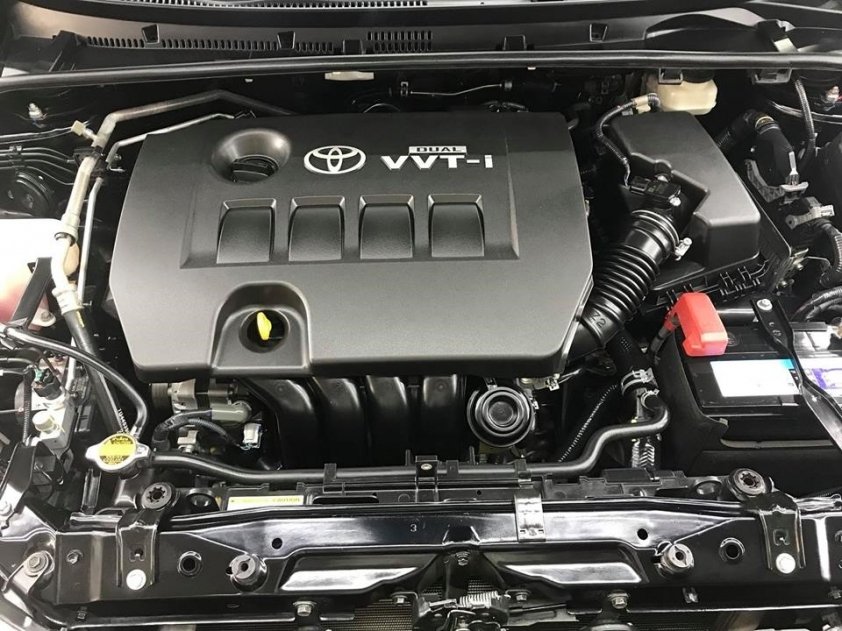
Check the interior compartment of the vehicle
If a car has been flooded, when entering the car, you will feel a distinct musty smell.
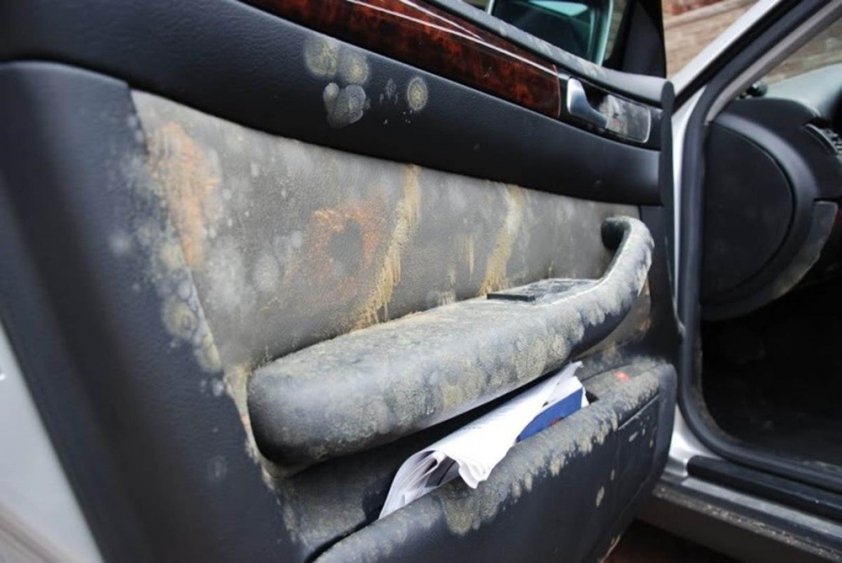
Therefore, to verify this, used car buyers should get into the car, close all the doors and turn off the air conditioning system.
In addition, touch and turn over the floor mats, check to see if there is mud on the floor or in the corners of the car.
Check the vehicle’s underbody and exhaust system
The area under the car has many metal details.
Therefore, you should also check the underbody to detect rusted, yellowed parts or signs of being disassembled.
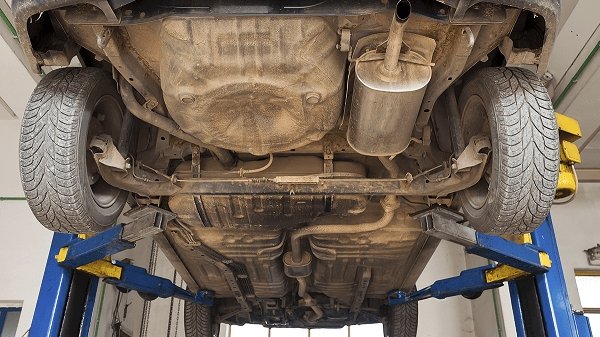
Normally, new car models will have a cover under the chassis.
Test drive the car
Finally, in addition to checking with the naked eye, car buyers must `practice` by driving to feel the vehicle’s performance.
First, start the engine to listen to the sound from the exhaust pipe and see if smoke appears.
Hyundai Kona 2023 reveals a new design, more imposing and sturdy appearance
2023 Hyundai Accent design revealed, promising to continue to ‘storm’ the B segment






